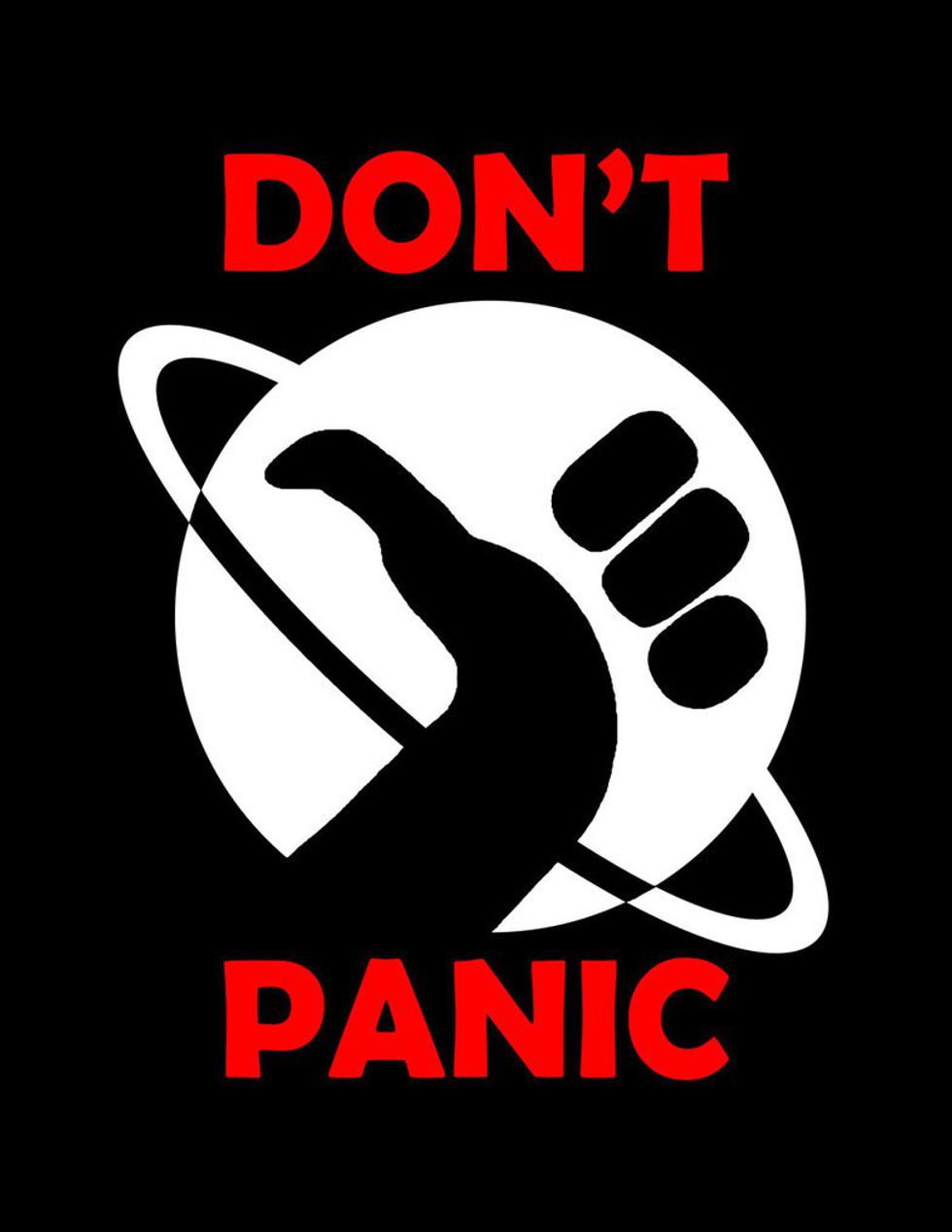Throughout high school and my first semester of college, I struggled with severe acne. It was the kind of acne that could be the “before” face in a before/after comparison for a face wash commercial. I tried everything. I experimented with all of the drugstore brand face washes—Neutrogena, Biore, Garnier, Cetaphil and Aveeno. Then I switched to Mary Kay, the Velocity line and then the Botanicals line.
I scrubbed at my face with Rubbing Alcohol, Witch Hazel and Sea Breeze antiseptic—anything that I thought would get rid of the horrible red bumps on my face. Eventually, I broke down and purchased my first month of Proactiv. It worked like a dream, as the advertisements promised, for about four months and then it too stopped working for my skin.
By the middle of my junior year of high school, my skin was a great source of embarrassment to me and it also was a great source of pain. I was cursed with small blackheads and whiteheads, but I also had horrendous, scarlet, pus-filled cystic zits that crowned my forehead and graced my jawline. So after several years of struggling with chronic acne, I finally made an appointment with a dermatologist.
After a quick mole mapping, to make sure that my skin didn’t hold any anomalies other than my abhorrent acne, my dermatologist quickly assessed my facial skin. She diagnosed my acne as “cystic acne,” and told me it was due to an imbalance of hormones and large pores that were easily susceptible to dirt and bacteria. She gave me a few choices of treatment, but we ultimately decided that the best course of action would be to start a regiment an antibiotic, Doxycycline. Essentially, Doxycycline blocks the bacteria the attacks skin pores, and helps to reduce inflammation caused by the bacteria. I took the prescription and left her office satisfied that I finally had a cure.
It wasn’t long, however, before the trouble started. On one hand, I finally had a fix for the acne that had plagued me throughout high school, on the other hand, that fix came with a list of unpleasant side effects. The Doxycycline made my already pale skin even more sensitive to sunlight, and sunburn too. I wasn’t supposed to eat anything a half an hour before or after taking the medication. But if I didn’t, I would be nauseous to the point of vomiting; and, the medication made me feel sleepy and depressed. It was a constant struggle between clear skin and side effects.
A year and a half passed. I graduated from high school still plagued by acne. About a month after graduation, I went to my first gynecology appointment. My gynecologist was satisfied that I was healthy, and gave me a prescription for birth control pills to manage my periods and my acne.
The birth control pills did more than the Doxycycline had ever done, but after eight months on the pill and numerous combinations of face wash and toner, there were still several, stubborn, cystic zits that wouldn’t budge.
It about a month ago that I discovered the underlying cause of my acne. The culprit: dairy products. I discovered this by accident during my winter break of my sophomore year. After several weeks of shoveling my mouth full of entirely too much food, I felt dissatisfied with my weight and wanted to make a change in my diet. For about 9 days, I cut all milk, cheese and ice cream out of my diet. I regulated my carbohydrate intake by cutting out bread, pasta and pizza. I stopped consuming as many daily treats and limited my sugar intake. I ate a lot of yogurt, leafy greens and protein.
My ultimate goal was to lose weight. Obviously, I wasn’t going to lose the holiday pounds in 9 days. But one week into my experiment, I looked in the mirror and barely recognized my own face. The acne I struggled with since my freshman year of high school was finally gone.
It was an earth-shattering discovery for me. I did not realize how much my diet truly affected my skin until I challenged myself to eat better. But my main concern is that I was never told that my diet affected my skin. None of my doctors—primary care, dermatologist, gynecologist, or otherwise—suggested that I changed my diet to try to help my skin. They never even asked about my diet.
When a doctor prescribes a medication, I believe that what they are offering is a “fix,” not a solution. Many pharmaceuticals are life saving, but there are almost as many prescription drugs that are not life-saving nor are they necessary to your well-being. When my dermatologist wrote me a prescription for Doxycycline, she offered me a fix. It was equivalent to putting a band-aid on a bullet wound—minorly effective for the time being but does not address the root of the issue.
When I found the initiative to make a lifestyle change, I discovered the root of my acne. But that was by accident. Maybe it’s time for our doctors to discuss all of the options and give us the tools to make the proper lifestyle changes necessary to cure certain ailments before just handing us a “fix."

























